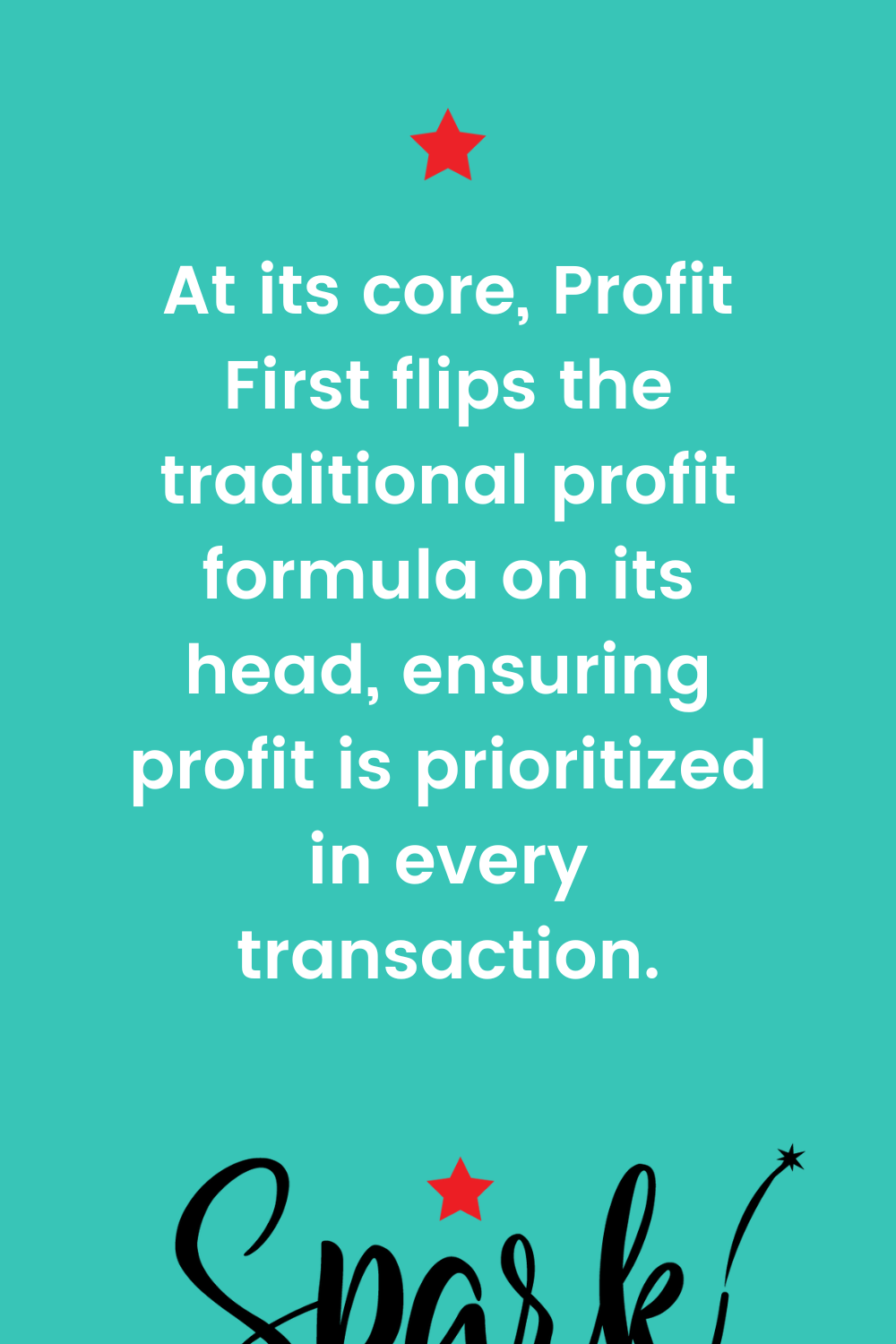Fine-Tuning Your Financial Strategy: Advanced Profit First Techniques
In today’s dynamic business environment, managing finances with foresight and agility is more critical than ever. The Profit First methodology, pioneered by Mike Michalowicz, has transformed the way businesses approach their financial health. At its core, Profit First flips the traditional profit formula on its head, ensuring profit is prioritized in every transaction. But how can we take these principles further? This guide delves into advanced techniques to fine-tune your financial strategy, ensuring sustained growth and profitability.
Revisiting Profit First Principles
Before we explore advanced techniques, let’s briefly revisit the fundamental principles of Profit First:
- Use Small Plates: Allocate your income into smaller accounts for specific purposes (profit, owner’s compensation, taxes, and operating expenses) to manage spending more effectively.
- Take Your Profit First: Immediately allocate a percentage of every dollar earned into a profit account before dealing with expenses.
- Remove Temptation: Transfer your profit to a bank account that’s out of easy reach to resist the temptation to spend it.
- Enforce a Rhythm: Regularly distribute funds according to the Profit First system to create a habitual financial process.
- Get Real with Expenses: Continuously evaluate and reduce unnecessary expenses to maximize profitability.
Advanced Techniques for Financial Fine-Tuning
1.Incremental Profit Percentage Increases
Start small but think big. Gradually increase the percentage allocated to your profit account. Even a 1% increase quarterly can lead to significant growth over time. This encourages a culture of continuous improvement and financial discipline.
2.Custom Allocation Percentage
While Profit First provides general guidelines for allocation percentages, tailoring these to your industry and business lifecycle can optimize financial health. Analyze your financial data and industry benchmarks to adjust your percentages for a custom fit.
3. Profit First for Debt Reduction
Use a modified version of the Profit First methodology to tackle debt. Create a separate account for debt repayment and allocate a percentage of income to this account, just like your profit account. This ensures consistent debt reduction while maintaining profitability.
4. Quarterly Profit Distributions
Beyond just allocating profit, regularly distributing a portion of the profit account to the owners encourages a sense of reward and accomplishment. Use the remaining balance to create a financial buffer for leaner times or to reinvest in strategic business growth opportunities.
5. Tax Optimization
Leverage the Profit First system to manage taxes more effectively. By setting aside tax allocations with every transaction, you’re prepared for tax obligations without the stress of scrambling for funds. Consider consulting with a tax professional to explore advanced tax-saving strategies further.
6. Advanced Inventory Management
For product-based businesses, apply Profit First principles to inventory management. This involves categorizing inventory into small plates, focusing on high-turnover or high-profit items, and reducing slow-moving stock to free up cash flow.
7. Leveraging Technology
Utilize accounting and financial management software to automate the Profit First allocations and distributions. Automation ensures accuracy, saves time, and allows you to focus more on strategic financial planning.
8. Profit First for Growth Investment
Set aside a portion of your profit for strategic growth investments. This could include expanding your product line, investing in marketing, or enhancing operational efficiency. By using profits for growth, you’re reinvesting in your business’s future.
9. Employee Incentives with Profit First
Incorporate a profit-sharing model to align employee incentives with your financial goals. This fosters a culture of ownership and accountability, where everyone is motivated to contribute to the company’s profitability.
10. Regular Financial Health Checks
Schedule regular reviews of your Profit First system and financial health. This includes evaluating your allocation percentages, assessing your expense management, and revising your financial goals. These checks ensure your financial strategy remains aligned with your business objectives.
Fine-tuning your financial strategy with advanced Profit First techniques requires a commitment to continuous improvement and a deep understanding of your business’s unique financial landscape. By adopting these advanced strategies, you position your business for sustained growth and long-term profitability. The Profit First methodology isn’t just about surviving; it’s about thriving. Let it guide your financial decisions, but always be willing to adapt and refine your approach as your business evolves.
Remember, financial mastery is a journey, not a destination. Stay curious, stay disciplined, and let Profit First light the way to a more prosperous future.



